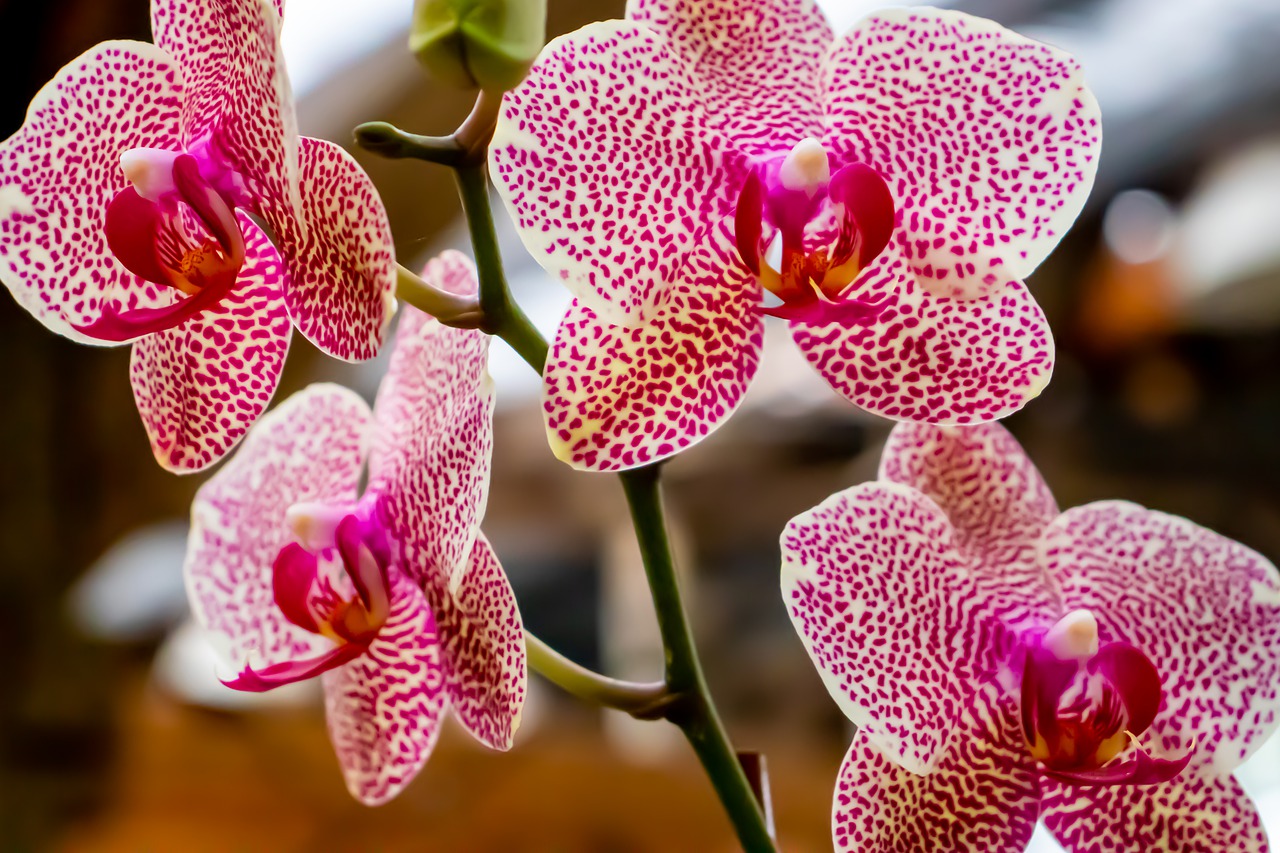Understanding how to cross breed orchids means learning how to cross-pollinate or use the laboratory. Cross-breeding orchids or any plants for that matter is not something all gardeners are confident to try. After all, it’s not as simple as propagating or breeding them from a single parent plant.
However, the only way you’ll achieve unique orchids is by using different parent plants. There are more than 24,000 hybrid species, but you still have plenty of room to be creative and achieve unique combinations. As a gardener, you need to be open to expanding your skillset, such as cross-breeding prolific plants like orchids.

Comprehensive Guide On How To Cross Breed Orchids
Creating your very own orchid hybrids is possible as long as you do your research and follow the recommendations actively. Whichever of the two methods you choose, it would be best to plan the plants you want to cross ahead of time. Additionally, the resulting flower will benefit well if the environment is optimal for its growth, so consider growing it in a greenhouse.
Cross-pollination
Cross-pollination is perhaps the most straightforward technique to create hybrid orchids. Additionally, cross-pollination or sexual reproduction is the only way to create variations in orchids. Whether you’re cross-breeding orchids for hobby or commercial use, cross-pollination is going to be the easier way between the two methods.
When to start?
So how does one cross-pollinate orchids? Check your flowers if their seed pod is ripening. At this point, you must remove the flower spikes or the group of flowers without stalk growing on an upright stem.
How to prepare?
This way, the seed pod will have no competition for the energy of the plant. Once you have prepared the orchids, remember that you need to use pollen from a different orchid type. The two varieties you’ve selected will represent the female and male plants.
How to cross-pollinate orchids?
One orchid variety will provide the pistil and act as the female plant while the other will give the stamen or pollen as a male plant. To collect the pollen, find the petal column at the center of the flower. There should be an anther cap under the upper end that you can push aside to get the pollen.
You can then pollinate manually with the pollen and pistil. To be successful, you need to know orchid anatomy since there’s a high chance your orchid is both female and male. This knowledge in orchid parts will make it easier for you to collect pollen and cross-pollinate.
How to know if cross pollination is successful?
Cross-pollination is as straightforward as it sounds, making it beginner-friendly if you’re just starting with cross breeding orchids. With success, the opening at the stigma should close, and the petals will begin to dry. The flower stem or pedicel will then turn into the seed capsule.
In the laboratory
The first method of cross breeding orchids is relatively easy as long as you know orchid anatomy. However, you can go the extra mile and create hybrids in the laboratory. While this method is more meticulous, it is an excellent choice to make unique combinations among species and genera.
One of the things that make cross breeding in the laboratory difficult is you’re producing orchids from seeds. Orchid seeds are very tiny and picky in the growing environment. Experienced growers use sterile flasks on a clean substrate to grow these seeds.
What makes this method complicated?
The process requires specific materials and methodology, but you will start by sowing orchid seeds in a mother flask to give you a general idea. After some time, you can spread the orchid protocorm-like bodies from this flask to another mother flask. Once the seedlings develop, you can transfer these seedlings protocorms to a new flask.
The most significant requirement
It’s crucial to emphasize that this is the simplified explanation and that consistent sterilization of the materials is necessary throughout the steps. You will also need to use additional materials as you go through the cross breeding process. Lastly, move the green blobs to another flask before the final step, which is deflasking.
Overall, using a laboratory to cross breed orchids is not for someone without the proper environment and materials. However, this method is ideal if you eventually want to apply and try to register your new hybrid with the Royal Horticultural Society.
Conclusion
While propagation is an excellent way to clone orchids, one might be interested in creating their own hybrids. Therefore, you can research how to cross breed orchids, whether via cross-pollination or the use of a laboratory. As you can expect, the first method would be the easiest and more ideal for beginners.
Its main requirement would be knowledge in orchid anatomy so that you can allocate male and female plants. Additionally, you have to be familiar with orchid parts to collect pollen and check if the hybridization was successful. But what if you want to register your orchid hybrid?
You can cross breed orchid seeds in the laboratory. But due to their tiny size and meticulous sterile environment for success, this method is reserved for breeders who are willing to dive into the procedures and requirements to guarantee success. Nonetheless, it’s safe to say that breeding and cross breeding orchids are doable and comfortable for those going to put in the work.
